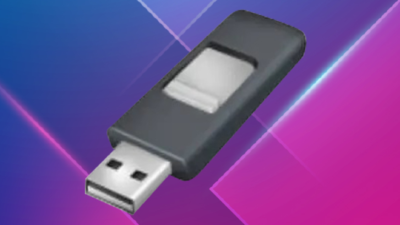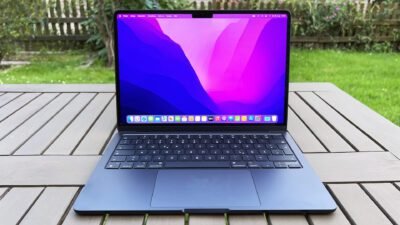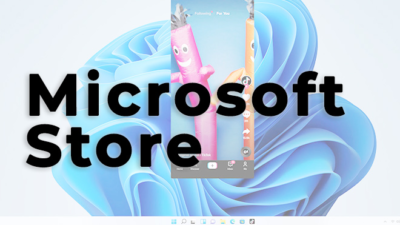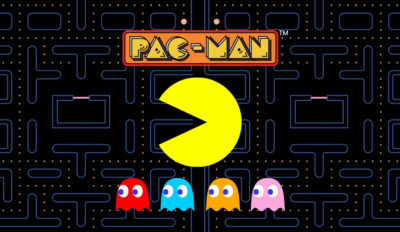Monitor panels from AUO: 8K mini LED display with 4608 zones or 540 Hz for gamers
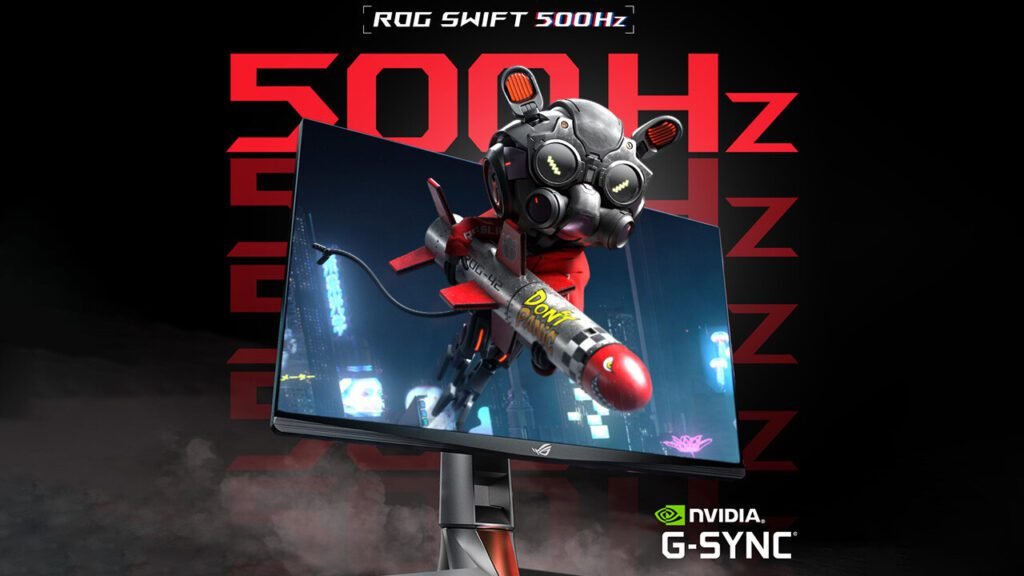
According to +information available to TFT Central about the planned LCD panels from the manufacturer AU Optronics (AUO), a 32-inch IPS display that has the 8K resolution with a mini LED backlight of 4,608 is to be produced zones combined.
For gamers, displays up to 540 Hz are planned. The “AmLED Backlight” (Adaptive mini LED technology) of the 8K IPS panel with the identification number M320MAN01.0. That’s significantly more than currently available mini LED monitors, which offer between 576 zones (eg AOC AG274QXM) and 2,048 zones (Samsung Odyssey Neo G9). In the 32-inch class, 576 zones or 1,152 zones are currently common, as with the AOC PD Agon Pro PD32M (test).
zones × 4 = zone size / 4
Conversely, quadrupling the number of zones (4,608) means that the zone-lit area is only a quarter of the size: on the aforementioned 1,152-zone, 32-inch AOC monitor, a zone is approximately 2.4 cm² in size; with the upcoming AUO panel with 4,608 zones on 32 inches, it is only 0.6 cm². The full array local dimming (FALD) works accordingly finer, and ugly halo effects with bright objects in front of a black background should be much less noticeable.
Nevertheless, the pixel-accurate dimming of self-illuminating pixels of OLED screens or future micro-LED screens remains unparalleled. The table above compares the size of the monitor’s mini-LED zones, assuming that the mini-LEDs can be controlled individually. In some displays, such as the iPad Pro 12.9″ display, four mini-LEDs form a dimming zone. The table also impressively shows how poorly positioned the $5,000 Apple Pro Display XDR is in this regard. Only 576 Zones on 32 inches in 16:9 format means a relatively large 4.9 cm² per zone.
Next year, but not for players
According to the current status, production of the AUO panel M320MAN01.0 will not start until the second quarter of 2023. Monitors based on this are therefore not expected before the second half of next year. Since the refresh rate is only 60 Hz and a very high price is to be expected, the expensive professional segment should be targeted. Also mentioned is 99% color space coverage for Adobe RGB and DCI-P3, as well as meeting the requirements for the VESA seal DisplayHDR 1000, which requires a brightness of at least 1,000 cd/m² in certain areas.
Up to 540 Hz for gamers
Several high-frequency displays for gamers are also planned at AUO. After the 360 Hz panels, which are now in mass production, the production of 540 Hz panels is scheduled to start in the first quarter of 2023. This is the TN panel M241HTN01.0 with 24.1 inches and 1,920 × 1,080 pixels. According to information from TFT Central, an AmLED backlight should also be used here, but it only has 96 zones. The display manufacturer BOE also plans a minimum of 500 Hz.
As with the 360 Hz monitors, Nvidia is likely to be the godfather and has also already hinted at upcoming 500 Hz displays; the model shown from Asus (title photo) would get an AUO panel. The WQHD IPS panels M270DAN10.2 and M270DAN10.3 with 27 inches and 360 Hz should also enter series production at AUO in the fourth quarter of 2022 at the earliest. The 4K IPS panel M320QAN03.0 with 240 Hz will probably not be produced until the third quarter of 2023. A comparison chart comes from the marketing department of AUO, showing the alleged advantages over OLED panels from competitor JOLED.
AUO AmLED (mini LED) vs. OLED from JOLED comprehensive report from TFT Central
Research Snipers is currently covering all technology news including Google, Apple, Android, Xiaomi, Huawei, Samsung News, and More. Research Snipers has decade of experience in breaking technology news, covering latest trends in tech news, and recent developments.


